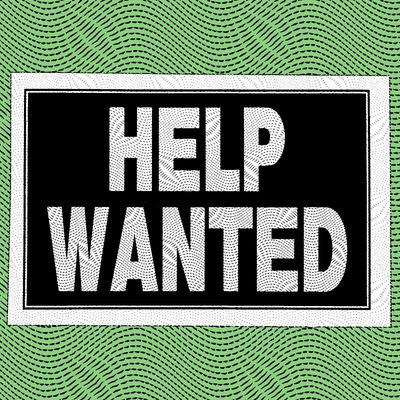
On Friday, the Labor Department posted a gain of 428,000 new jobs, enough to keep the unemployment rate at 3.6 percent, near a 50-year low. Wages rose, too, and though their gains couldn’t keep pace with price increases, it looks like inflation may finally be starting to slow. So Friday’s numbers appeared to be excellent news, even as fears of a recession mount. But cracks are starting to show in the jobs picture, which has been one of the few unambiguously bright spots in the U.S. economy.
Amid the great post-COVID job boom, the number of people who have dropped out of the workforce entirely has remained high. But in April, their numbers jumped by about 1 million on an unadjusted basis, according to the Labor Department — even as jobs in leisure and manufacturing surged. Fed chair Jerome Powell had predicted the opposite would happen. “I expect and committee members generally expect that we’ll get some additional participation. So people will be coming back into the labor force,” he said during a press conference after the central bank raised interest rates by a historic half-point.
Maybe COVID is to blame for this mass quitting, but there are reasons to think it’s more systemic than that. For the past few months, the explosion of job openings has created a kind of musical-chairs scenario in the economy, with massive numbers of people leaving their positions for ones that pay a bit more. Guy Berger, an economist at LinkedIn, pointed out that job growth is now beginning to slow down as businesses see that it’s only going to get more expensive to pay employees and become reluctant to go on a hiring spree. But that reluctance has its costs, too. “The large decline is a concerning prospect for businesses that are facing one of the tightest labor markets in decades,” said Peter Essele, Commonwealth Financial Network’s head of portfolio management, in a research note. The data shows it across age, sex, and race. Even among workers in their prime — a figure Powell appears to prefer — the numbers are falling. Beyond a slight slowdown in hiring, the question of why exactly this is happening remains unsolved.
These kinds of fluctuations can seem like a distraction. Why is it worth worrying about the job patterns of a still relatively small number of people when there are more jobs available than can be filled? For the answer, look to Wall Street. Corporate profits are in a free fall. Even giants like Netflix are grappling at straws for how they can keep up their pandemic-era growth. The global picture, too, appears to be darkening. The Fed wasn’t the only central bank to rein in the economy this week; the Bank of England surprised the world by making credit more expensive.
When markets plunged on Thursday in the biggest single-day drop since 2020, one hedge-fund manager told me that the risks of 1970s-style stagflation — in which the economy sputters and prices keep rising — are causing investors to take their money and run. That kind of scenario appears to still be a ways from happening. But in this high-wage, low-unemployment economy, pessimism continues to be the default mood.






























